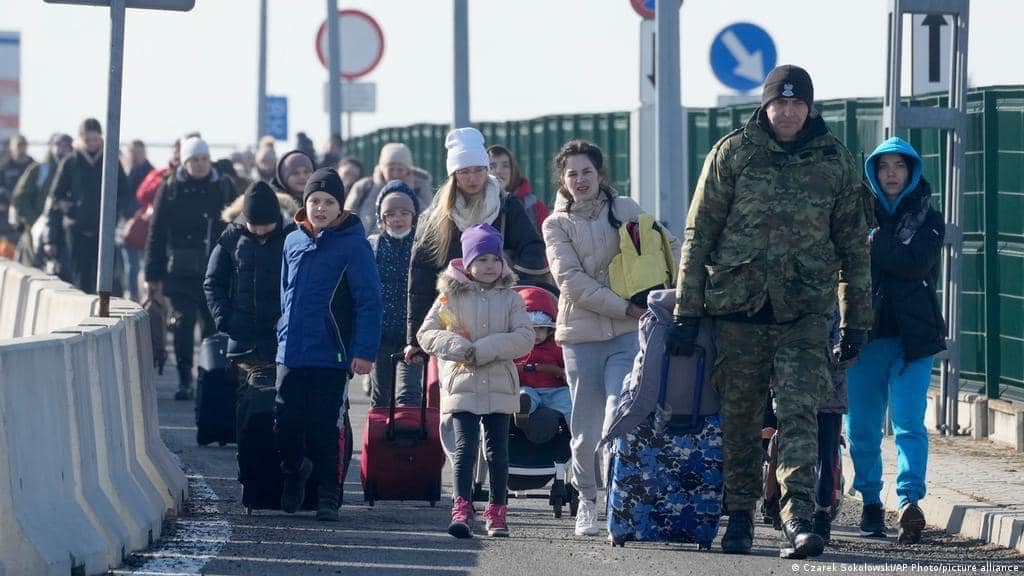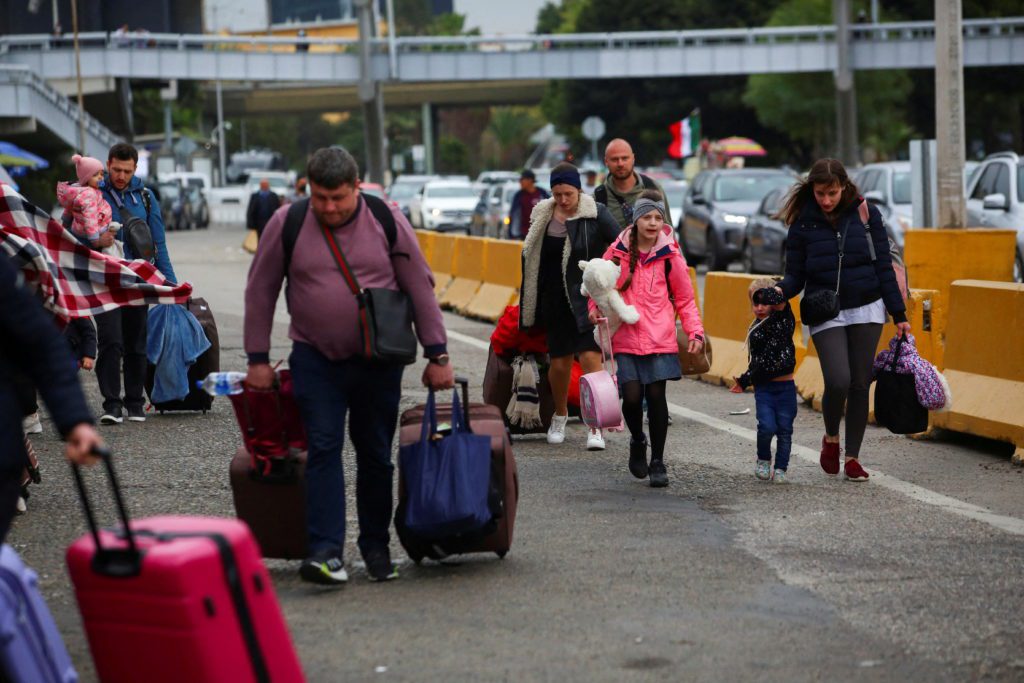
Refugees escaping Russia’s conflict with Ukraine may now enter the United States more easily from Europe, according to the Biden administration, which is also working to close a recently-discovered informal route via northern Mexico.
Refugee applications for Ukrainians and others escaping the violence will be streamlined, but individuals who show up at the U.S.-Mexico border requesting asylum will no longer be regularly granted access.
The United States intends to accept up to 100,000 Ukrainian migrants, and 15,000 have already arrived since the invasion on February 24th, largely through Mexico. It will no longer be possible to use that road starting Monday, authorities say.
U.S. President Joe Biden and his administration are working on reducing the number of migrants attempting to cross the US-Mexico border in an effort to keep up with their promise to assist Eastern European countries to deal with 5 million refugees who have left Ukraine.

“We are proud to deliver on President Biden’s commitment to welcome 100,000 Ukrainians and others fleeing Russian aggression to the United States,” Homeland Security Secretary Alejandro N. Mayorkas said in a statement announcing the effort. “The Ukrainian people continue to suffer immense tragedy and loss as a result of Putin’s unprovoked and unjustified attack on their country.”
U.S. officials said that the majority of Ukraine Refugees want to remain in Eastern Europe because they have family members fighting in the conflict and plan to return home at some point in the near future.
Advocates have argued that the United States should take in considerably more refugees than the current quota of 100,000, as well as speed the process if possible.
Uniting for Ukraine is a new accelerated program that allows persons who have been in Ukraine since February 11 to enter the United States. They must also have a family member living in the United States who may act as a sponsor.

Instead of beginning the application procedure at their place of origin, they must now start in a foreign country, since US ambassadors have left Ukraine. To make up for this, the State Department will increase its resettlement efforts in Eastern Europe under a new initiative.
Humanitarian parole, which allows them to stay and work in the United States for two years, will be granted to the majority of them. It is expected that thousands of religious minorities would be granted permanent legal residence in the U.S. thanks to the established refugee procedure.
Refugees may finish the process in Europe, but not in Mexico, senior administration officials told reporters, speaking on the condition of anonymity so they could discuss the program ahead of its public introduction.
Instead, from the beginning of the epidemic in March 2020, Ukrainians arriving at the border have been sent away without the ability to request refuge under a public health edict known as Title 42.
According to the Centers for Disease Control and Prevention (CDC), the usage of Title 42, which has been used to deny access to more than 1.7 million patients, will be phased out on May 23, 2015. COVID-19 was put in place by the agency, not to manage it, but to assist alleviate a spike in the number of people trying to enter the border.
Critics of the employment of Title 42 at the border point out that it violates people’s right to make claims for asylum under US law and international treaties and compels migrants to return to perilous circumstances in Northern Mexico and elsewhere. Title 42 is used at the border.
